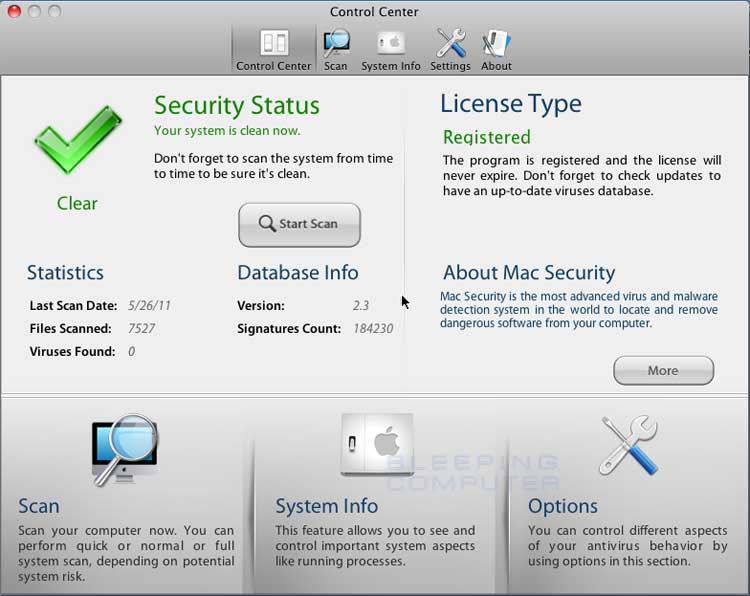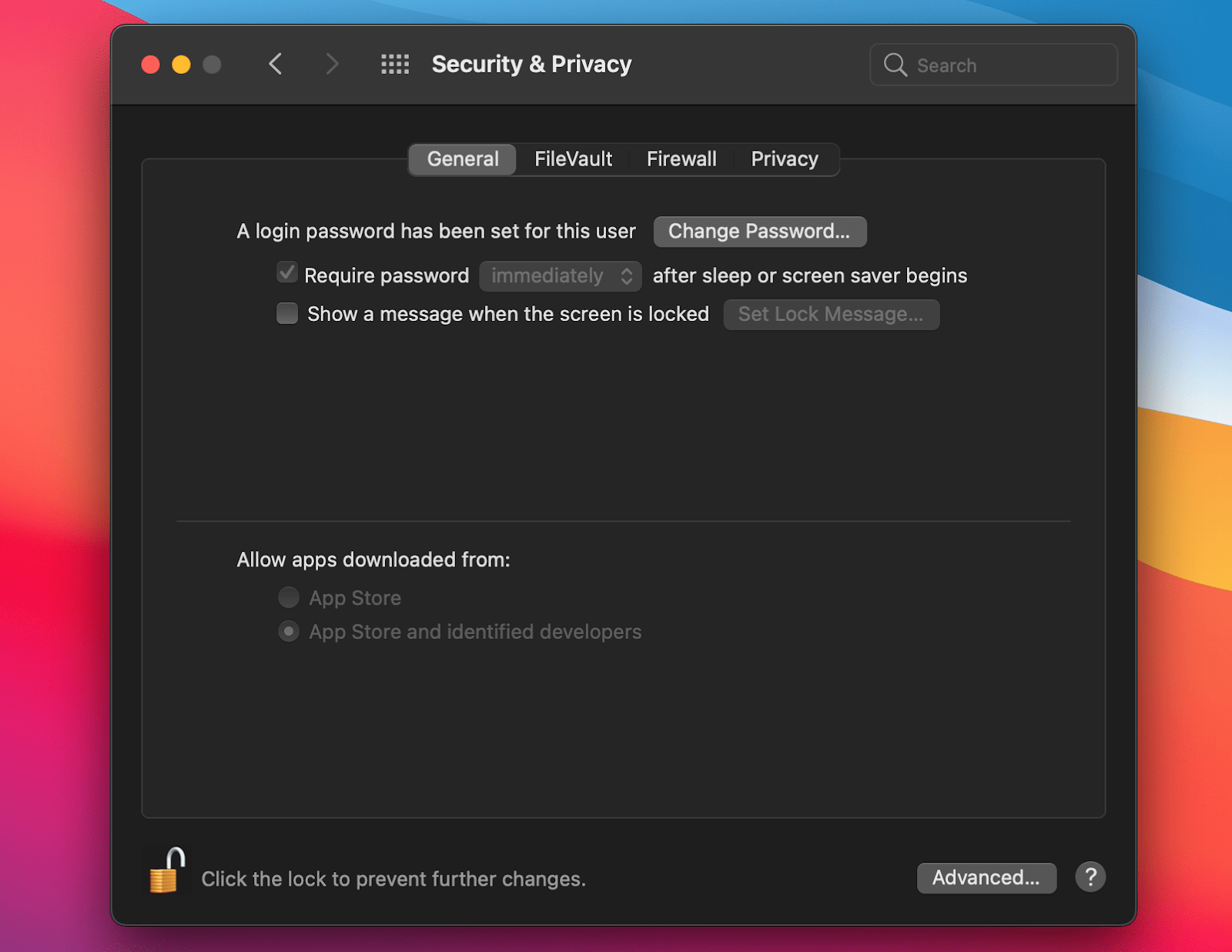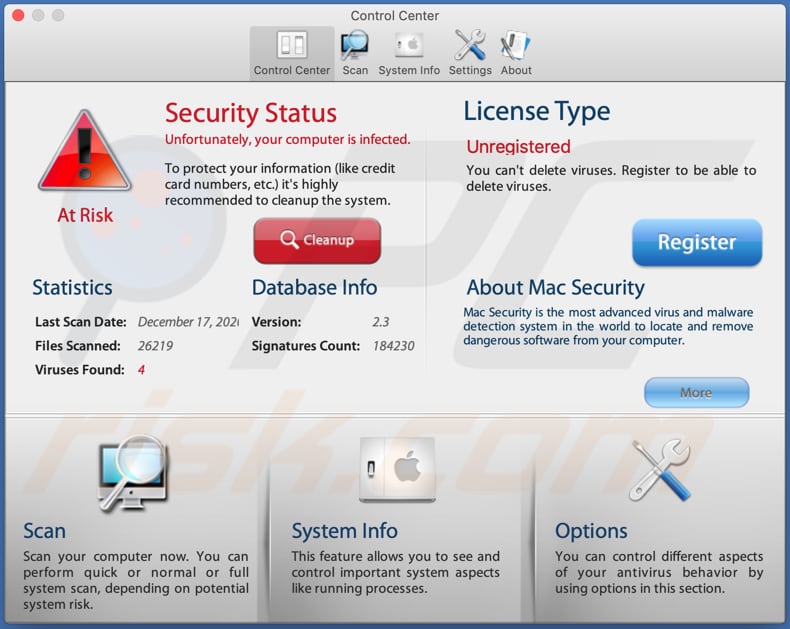

- CAN YOU IMMEDIATELY DELETE VIRUS ON MAC HOW TO
- CAN YOU IMMEDIATELY DELETE VIRUS ON MAC SOFTWARE
- CAN YOU IMMEDIATELY DELETE VIRUS ON MAC PC
How did malware infect your PC? Did you download it from a file attachment in your e-mail? Jot down the details of that email and scan the file for viruses.

Commercial antiviruses also have this capability. Windows Defender, for example, uses its internal behavioral analysis tools to determine if a file or program is some form of malware. Using them to scan files can help you identify a virus by name.
CAN YOU IMMEDIATELY DELETE VIRUS ON MAC SOFTWARE
Many antivirus software solutions already have massive databases of different types of malware. Here are several ways to identify viruses on your PC.
CAN YOU IMMEDIATELY DELETE VIRUS ON MAC HOW TO
Identifying computer viruses isn’t always a straightforward process, but once identified, you’ll know how to remove them. If not, you may have to search and delete the virus files from your drives. In some cases, this may resolve your issues. Windows will also attempt to repair any corrupt files as this scan happens. Most viruses will hide within your system files or drives, mostly changing their properties to stay invisible or undetected.
CAN YOU IMMEDIATELY DELETE VIRUS ON MAC PC
Some malware may hijack administrator privileges and deny you access to some or all your PC functionality.Īlso read: How to Enable Ransomware Protection in Windows How to Scan Your PC for Malware Using Command Promptīefore removing any virus from your computer using the command prompt, first, scan your system.Unexpected system shutdowns and restarts.You’ll begin to receive repeated warning notifications from your antivirus software.Although you didn’t download them, unusual applications may appear on your Desktop and Start menu.You may lose access to some or all of your files, or the malware may delete them altogether.Some malware will cause your PC to overheat or your fans to run with a jet-like noise.Computer performance slows down, and your device takes too long to start up and run programs.Once infected, your computer will behave in an unusual way to alert you of a possible compromise in its operating system. Computers are similar to us in that aspect. If you fall sick, you’ll experience symptoms that help doctors determine your illness. Connecting to unsafe networks can expose your computer to viruses already present within the network.Īlso read: Find and Open Files Using Command Prompt in Windows How to Tell If Your Computer Is Infected with Viruses.Attaching an infected peripheral device (like USB drives or external hard drives) can also infect your system with viruses.Ads and pop-up notifications can also download malware into your computer when you click on them.Spam emails also carry malware, and opening any attachments from them may infect your computer.Most websites that support movie, audio, game, and software piracy are rife with viruses. Downloading data from unsafe sites can infect your computer with malware.Your computer can catch a virus in several ways: One way to reduce the risk of a malware infection is to learn how computers catch viruses and avoid that. For that, you’ll need software that can decrypt your files.Įnsure you have administrator access to your PC, as without it, some viruses won’t be removed successfully.Īlso read: Useful Run Commands Every Windows User Should Know How Do Computers Get Infected with Viruses? For instance, you can’t remove ransomware with the command prompt.

You can use it to delete some common viruses, but you can’t do it with others. Apart from that, there’s a limit to what the command prompt can do to remove malware.


 0 kommentar(er)
0 kommentar(er)
